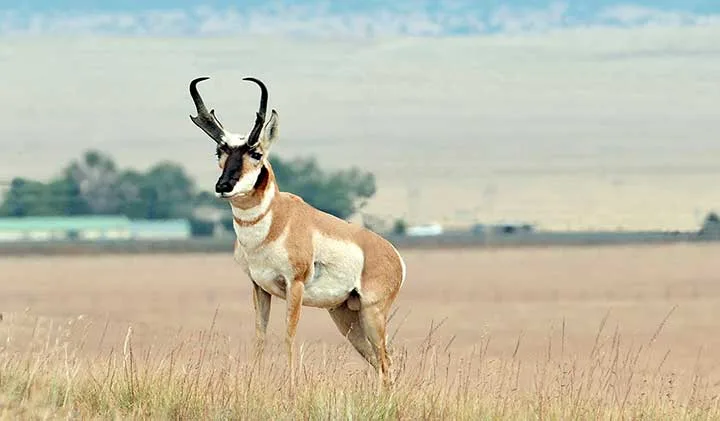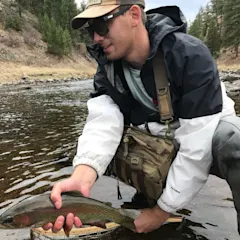New Mexico has officially set aside $50 million to create new wildlife crossings. The money was appropriated to fund an existing state program known as the New Mexico Wildlife Corridors Action Plan, which was finalized in 2022 and identified eleven priority locations for the development of wildlife crossings over roads using over- or underpasses.
Officials used vehicle collision data, wildlife GPS movements, and other data to create those recommendations. Now, state legislators have dedicated resources to move forward with developing wildlife crossings in the recently-approved 2025 General Appropriations Act, which Governor Michelle Lujan Grisham signed into law on April 11.
The funding is critical for the implementation of one of the most urgent wildlife crossings in the state on US 550 North, near Cuba, New Mexico. That stretch of road is known colloquially as the “Valley of Death” for the prevalence of wintertime car crashes caused by wildlife. The appropriated money will allow that project to proceed in its engineering and design process and begin construction in 2026.
According to the New Mexico Wildlife Federation (NMWF), the earmarked funding is the largest single state appropriation dedicated to terrestrial wildlife crossings in the country. “Hunters rely on robust populations of wildlife. Robust populations of wildlife depend on large, intact habitats that provide animals with the ability to move freely across the landscape," said NMWF Executive Director Jesse Deubel. "The barrier to this movement caused by roadways negatively impacts wildlife and also poses huge risks to the safety of motorists."
Read Next: DOGE Cuts Could Threaten USFWS Annual Waterfowl Survey
Other conservation groups celebrated the news. “With over 1,000 wildlife-vehicle collisions taking place in New Mexico every year, this investment in the safety of New Mexico’s drivers and wildlife was desperately needed,” said Marcel Gaztambide, Southwest Field Manager for the Theodore Roosevelt Conservation Partnership. “Hunters applaud the efforts of legislators and our governor in prioritizing wildlife connectivity and driver safety.”


